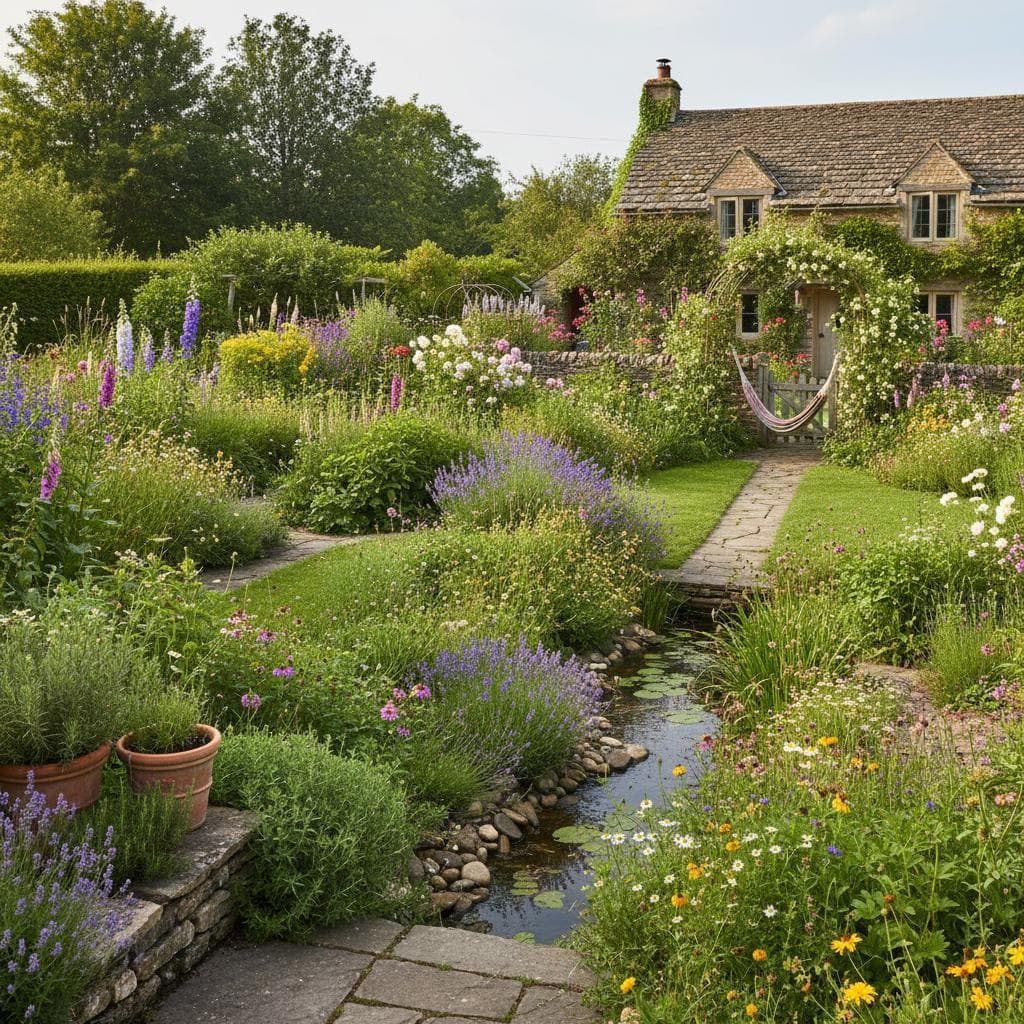Living Walls Transform Front Yards into Green Oases
Living walls offer a solution for homeowners seeking greenery in limited spaces. These vertical gardens mount on exterior walls or fences, creating lush displays without occupying ground area. They suit various settings, from urban row houses to suburban lots, and provide both visual and ecological advantages.
Key Benefits of Vertical Gardens
Vertical gardens enhance the exterior of a home by adding depth and color to flat surfaces. They support local ecosystems by attracting pollinators and birds, which contribute to neighborhood biodiversity. Homeowners report reduced stress from interacting with these natural features, aligning with principles of biophilic design.
Why Integrate Living Walls into Front Yards
Front yards represent the initial view of a residence, yet space constraints often limit landscaping options. Traditional ground-level gardens require significant maintenance, which busy schedules rarely accommodate. Living walls address these challenges by utilizing vertical space efficiently.
Selecting Plants for Optimal Performance
Plant choice determines the success and longevity of a living wall. Consider local climate, sunlight exposure, and soil requirements to ensure plants establish strong roots. A balanced selection incorporates evergreens for year-round coverage and seasonal bloomers for variety.
Plants for Full Sun Exposure
Opt for drought-tolerant species in sunny locations to minimize watering needs. Mediterranean herbs such as thyme, rosemary, and oregano flourish under direct light and emit pleasant aromas when touched. Succulents like echeveria and sedum offer bold shapes with low water demands, ideal for hot climates.
Plants for Shaded Conditions
Shady front yards benefit from moisture-loving varieties that thrive without intense sun. Ferns, ivy, and hostas form dense, cascading layers that evoke forest floors. Moss panels provide a soft, low-maintenance alternative, suitable for north-facing walls or covered entries.
Combining edible and decorative plants adds functionality. Strawberries paired with lavender create visual interest while yielding harvests. To develop combinations, define a color scheme: monochromatic greens promote tranquility, whereas accents in white or purple introduce elegance. In family settings, herb-focused walls teach children about cultivation and nutrition through hands-on involvement.
Installation Options for Living Walls
Approach installation based on skill level and available resources. Modular systems simplify the process for novices, while custom builds allow personalization. Proper setup includes secure mounting and integrated watering to support plant health.
Modular Panel Systems
Prefabricated panels snap together like puzzle pieces, often featuring internal irrigation channels. Purchase these from garden suppliers for quick assembly on walls or fences. They accommodate a range of plants and adjust to irregular surfaces.
Pocket-Style Planters
Lightweight fabric pockets attach easily to vertical supports and hold soil for small plants. Fill them with trailing herbs, compact flowers, or moss for flexible designs. These systems suit temporary installations, such as rental properties.
Custom DIY Frameworks
Construct frames from treated wood or metal, lining them with permeable fabric to retain soil. Ensure drainage holes prevent waterlogging, and reinforce attachments to withstand wind. Involve family members in assembly to foster shared responsibility for ongoing care.
Professional services handle complex integrations, such as automated drip systems that deliver precise water volumes. These prove valuable for households with irregular schedules, ensuring consistent hydration during absences.
Simplifying Maintenance Routines
Effective maintenance preserves the vibrancy of living walls without excessive effort. Focus on systems that automate routine tasks and select resilient plants. Regular checks prevent minor issues from escalating.
Install drip irrigation to maintain even soil moisture, reducing evaporation and runoff. Built-in reservoirs in modular units release water gradually, supporting root zones efficiently. Apply diluted liquid fertilizer monthly during growth periods to nourish plants without overload.
Trim overgrown sections biannually to shape the display and remove dead material. Preserved moss options eliminate watering entirely, offering a durable choice for low-intervention setups. Garden designer Daniel Reeves emphasizes adaptation: "The key is to design with maintenance in mind. Choose plants that naturally thrive in your conditions rather than forcing exotic species to adapt."
Environmental and Health Advantages
Living walls contribute to sustainability by insulating exteriors and lowering urban heat. They capture airborne pollutants, improving local air quality, and create microhabitats for beneficial insects. Native plant selections amplify these effects, aligning with conservation efforts.
Proximity to greenery enhances mental well-being, with research indicating reduced anxiety from natural views. Children benefit from tactile experiences that build focus and appreciation for ecosystems. Select eco-materials like reclaimed wood and organic substrates to minimize environmental impact.
Drawing from Worldwide Designs
Cultural traditions inform innovative living wall applications. Japanese moss gardens emphasize minimalism, influencing contemporary low-water exteriors. Mediterranean setups prioritize aromatic herbs, maximizing utility in confined areas. London's ivy-clad homes demonstrate privacy in crowded settings.
Adapt these influences to local contexts: geometric patterns suit modern facades, while organic forms complement rustic styles. Transitioning from rural to urban environments, many find living walls restore a connection to nature, providing accessible foliage despite spatial limits.
Cost-Effective Strategies
Begin with affordable elements to test concepts before scaling up. Arrange stacked planters or repurpose pallets as bases for climbing vines. Trellises support budget-friendly growth, transforming plain walls into features.
Non-living alternatives like faux moss suit transient situations, delivering aesthetics without upkeep. Engage community networks for plant exchanges, which lower expenses and strengthen local ties. Such interactions often yield advice tailored to regional conditions.
Integrating Living Walls into Daily Life
Established living walls evolve with the seasons, marking time through blooms and color shifts. They invite routine interactions, such as gentle pruning or harvest collection, promoting mindfulness. Families discover shared moments in care tasks, deepening bonds with the outdoors.
Steps to Establish Your Living Wall
Assess your front yard's dimensions and light patterns to select an appropriate system. Source materials from reliable suppliers and plan irrigation based on plant needs. Monitor progress weekly, adjusting as plants mature, to achieve a thriving, personalized green feature.





